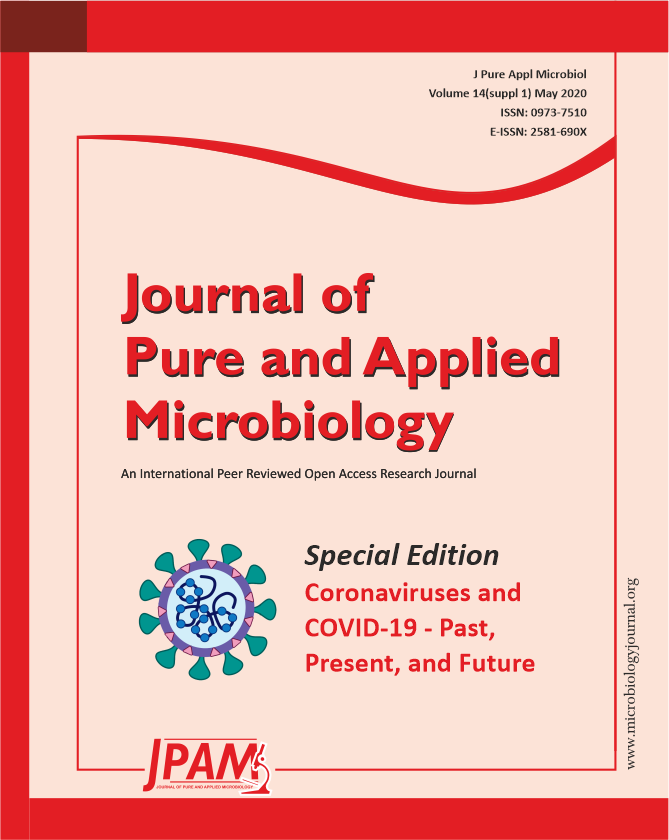Two highly human pathogenic coronaviruses outbreak in the beginning of 21st century i.e. Severe Acute Respiratory Syndrome Coronavirus (SARS-CoV) and Middle East Respiratory Syndrome Coronavirus (MERS-CoV) in 2002 and 2012 respectively caused high pathogenicity and fatality rates in human populations. Recently, a new coronavirus named as SARS-CoV-2 or nCoV-2019 was first reported in Wuhan, China in December 2019 which is responsible for an acute human respiratory illness referred as Coronavirus Disease (COVID-19), an ongoing pandemic. SARS-CoV-2 is the third known highly pathogenic virus affecting human population. This virus spread globally within few weeks of first identification and nearly 5.52 million confirmed cases with more than 3,47,000 deaths reported as of May 25, 2020. Till date, there are no specific anti-viral drugs, therapies or vaccines to contain and prevent this infectious pathogen outbreak. The global spread of this virus to over 210 countries resulted in both human and economic losses, highlighting the need for an immediate imperative research exploration on prophylactic and therapeutic measures. Current knowledge and understanding of the pathogenesis of similar coronavirus SARS-CoV and MERS-CoV might be helpful for the rapid development of treatment strategies to prevent the further spread of this virus. In this review, we recapitulate the topical understanding on the structure, pathogenesis and epidemiology of SARS-CoV-2 that has emerged as a major health concern worldwide.
Coronavirus, COVID-19, Epidemiology, MERS-CoV, SARS-CoV, SARS-CoV-2
© The Author(s) 2020. Open Access. This article is distributed under the terms of the Creative Commons Attribution 4.0 International License which permits unrestricted use, sharing, distribution, and reproduction in any medium, provided you give appropriate credit to the original author(s) and the source, provide a link to the Creative Commons license, and indicate if changes were made.


